Michael Craig-Martin on Albers, America, and architecture as entertainment
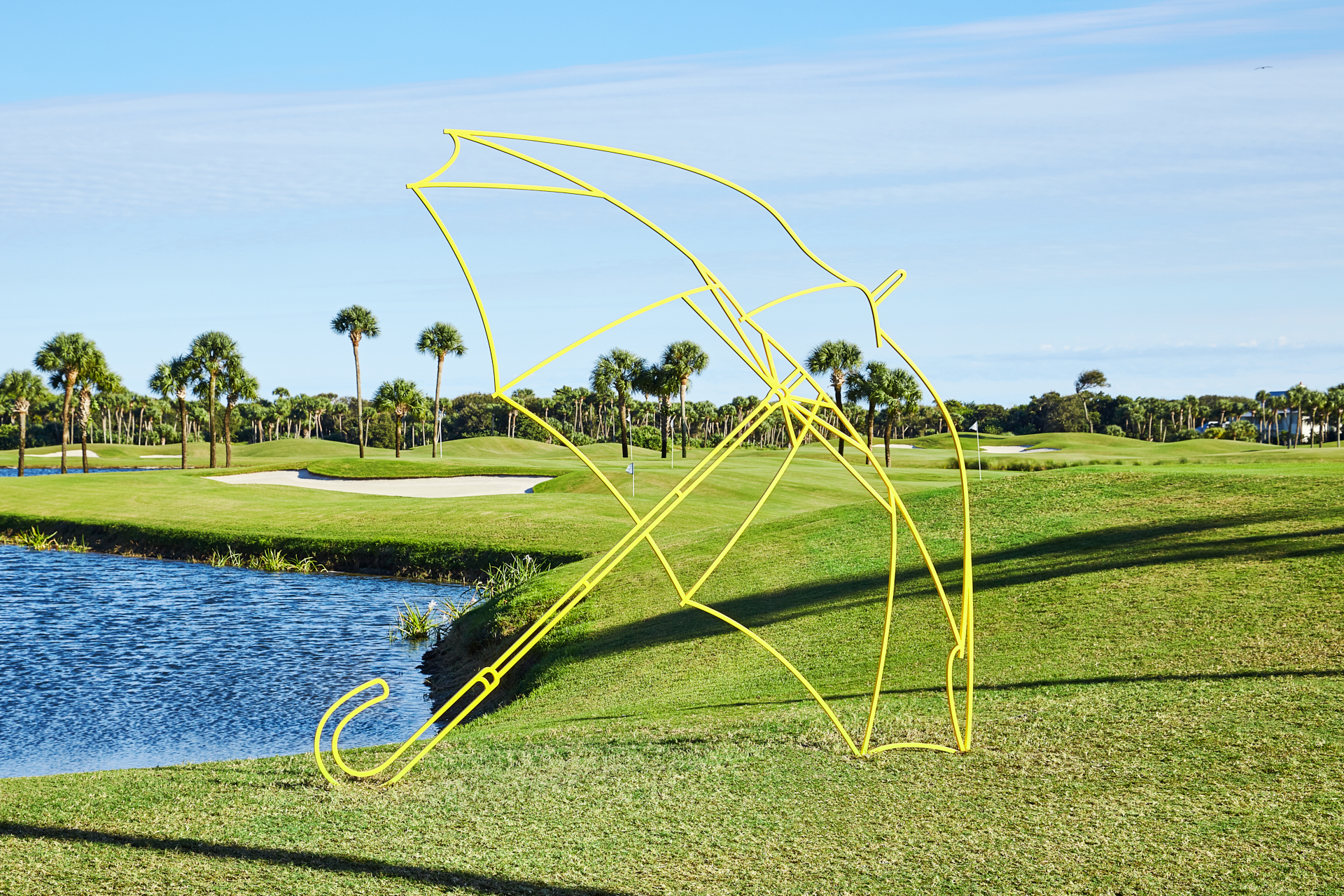
Somewhere in a maze of picket fences, golf greens and lakes, Vero Beach’s The Gallery at Windsor is a remote haven for British art world patricians. Its currently two years into a partnership with London’s Royal Academy of Arts, which annually brings a celebrated artist to the Atlantic coastline to exhibit. Last year, we observed with interest as Grayson Perry brought his flambouyantly British work to the palatial private community, to the visible delight of its residents. Now it's the turn of Irish artist Michael Craig-Martin, who saw an equally warm welcome (unseasonably chilly Floridian February withstanding).
Despite his connections with the US – Craig-Martin spent much of his childhood in Washington DC, and studied at Yale in the 1960s (more of which later) – he has exhibited relatively narrowly across America. Most recently, his work was included in group exhibitions in New York and Dallas in 2015; but as his stateside exhibitions go, ‘Present Sense’ is a vastly comprehensive one. In fact, it sees the artist’s sculpture, prints and paintings exhibited together for the first time anywhere, offering never-before-seen perspectives on the artist's unwavering approach to each discipline.
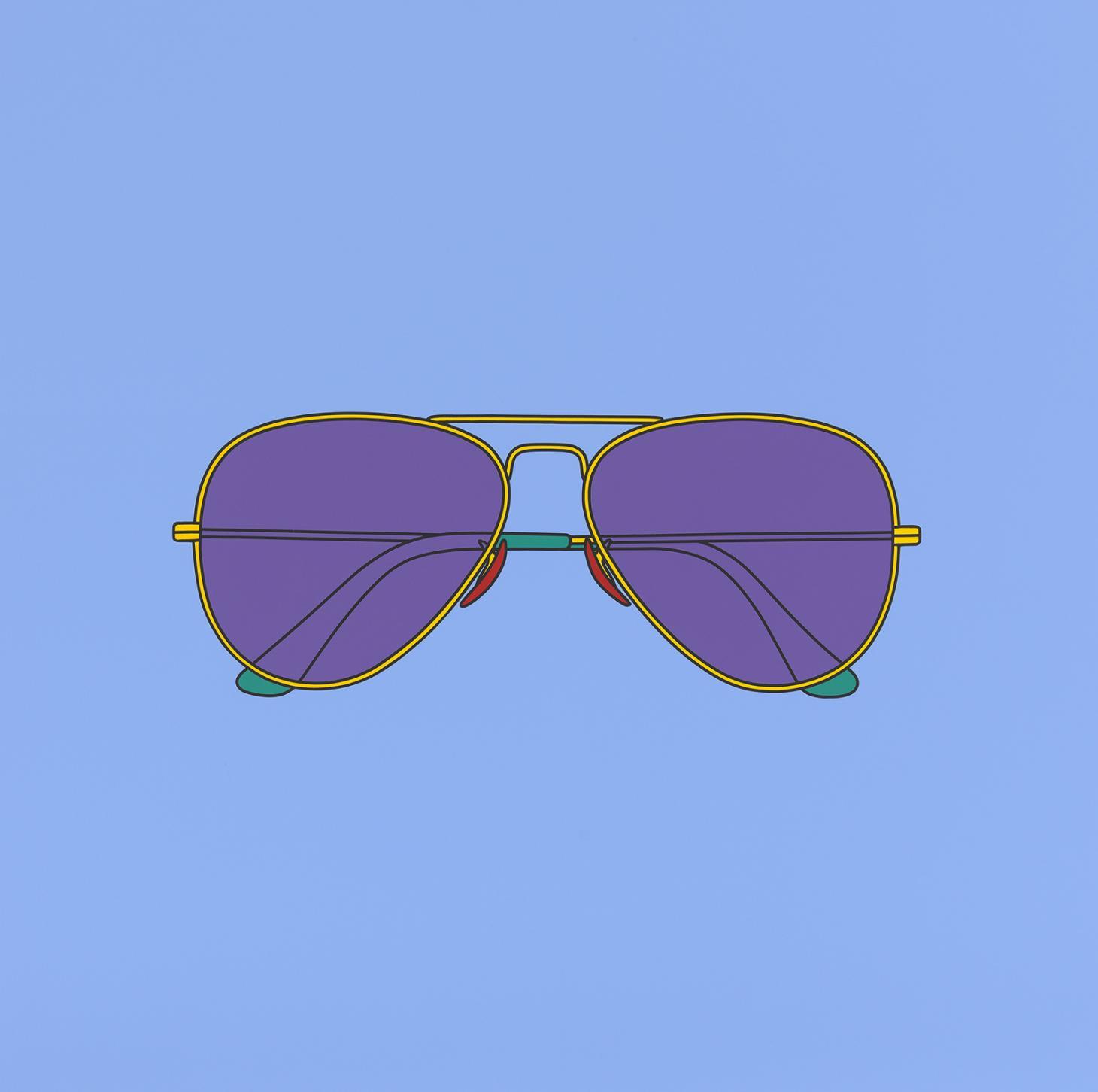
Untitled (sunglasses), 2018, by Michael Craig-Martin. © The artist.
Another first, ‘Present Sense’ marks Windsor’s inaugural en plain air display, with Craig-Martin’s sculptures positioned around the manicured grounds. In its 17-year history of hosting world-leading artists (Alex Katz, Peter Doig, Ed Ruscha, Alex Katz, and Jasper Johns to name a few) it’s surprising that the gallery's vacation-perfect surrounds haven’t been utilised more often.
The success of Craig-Martin’s sculptures in their picturesque settings might be set to change that (though one does worry they might get clobbered by a rogue golf buggy, or over-zealous swing). The paper-thin works, almost two-dimensional in profile, describe familiar objects with Craig Martin's known clarity. A pink stiletto punctures the turf between mansions; a red wheelbarrow frames the paddocks; two open umbrellas look like they’re about to lift off and bounce across the lake. Thanks to each sculpture’s near-transparency, the surroundings play a crucial role in the way they're seen, and Craig-Martin had ideas for their exact positioning long before they were finally placed. The over-sized white picket-fence, for example, sits at the entrance of the resort, between rows of actual picket-fences, which look comically small in comparison. A giant, magenta pitchfork pierces the ground near a flowerbed, as if God has been gardening.
RELATED STORY
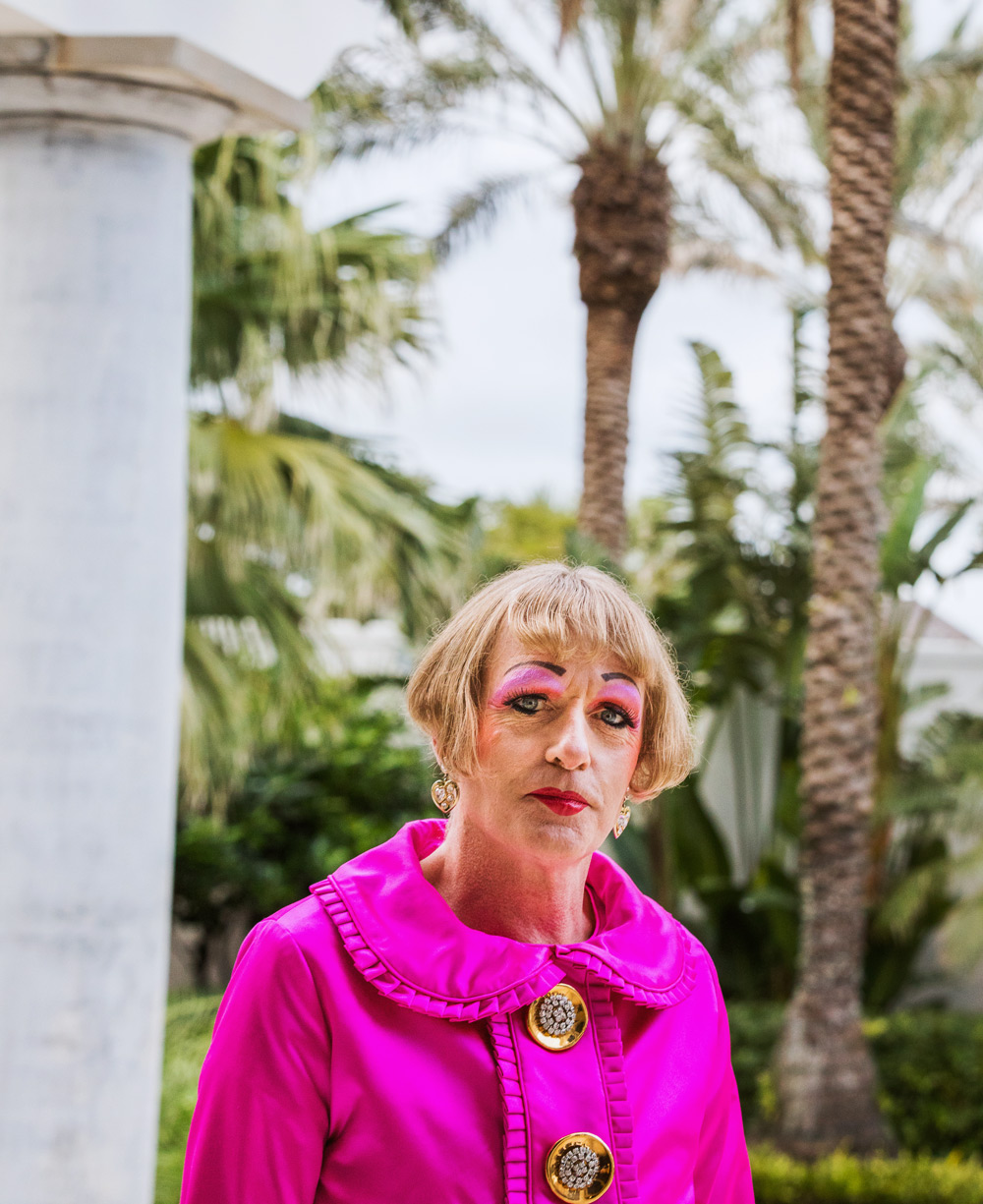
‘To be honest, I’d make all the sculptures twice as big if I could,’ Craig-Martin laughs. ‘Scale produces wonderment. Everyone is touched by something that makes them feel childlike.’ As such, humour plays an important role, too. ‘When work includes veiled illusions to humour, you can seduce people to engaging with it, without them really realising.’
‘Architecture is like going to the movies, it's like entertainment – a pure pleasure’
This is not to say Craig-Martin's work is not underpinned by great theoretical seriousness, much of it learnt from his transformative time as an undergraduate. ‘I was very innocent and green when I arrived at Yale in 1961,’ he explains. ‘There were so few undergraduates doing fine art at the time, that there was no real program – they just put us in with the graduate students. Josef Albers had been teaching for three or four years. I was in the same class as Richard Serra. At the time, I thought that was normal. Only later on did I learn it was remarkable.’
Through these notable alumni, Craig-Martin attended the pioneering exhibitions of the day, learning ‘from minimalists, colour theorists, and pop artists like Andy [Warhol] firsthand.’ Each early inspiration still sings through his work today, through the reduced quality of minimalism, Albers-inspired emphasis on colour interactions, and the depiction of everyday objects favoured by pop artists.
Craig-Martin’s work is also informed by his lifelong interest in architecture and design, and colourful prints of buildings by Mies van der Rohe and Le Corbusier feature here. But – despite his sculpture’s architecture-like structural complexity – trying his hand at designing a building doesn't interest him remotely. ‘For me, architecture is like going to the movies, it’s like entertainment. A pure pleasure.’ The disciplines occupy different headspaces. ‘Many people think creativity is to do with invention. I think there’s different kinds of creativity. Invention is the role of designers. Artists observe.’
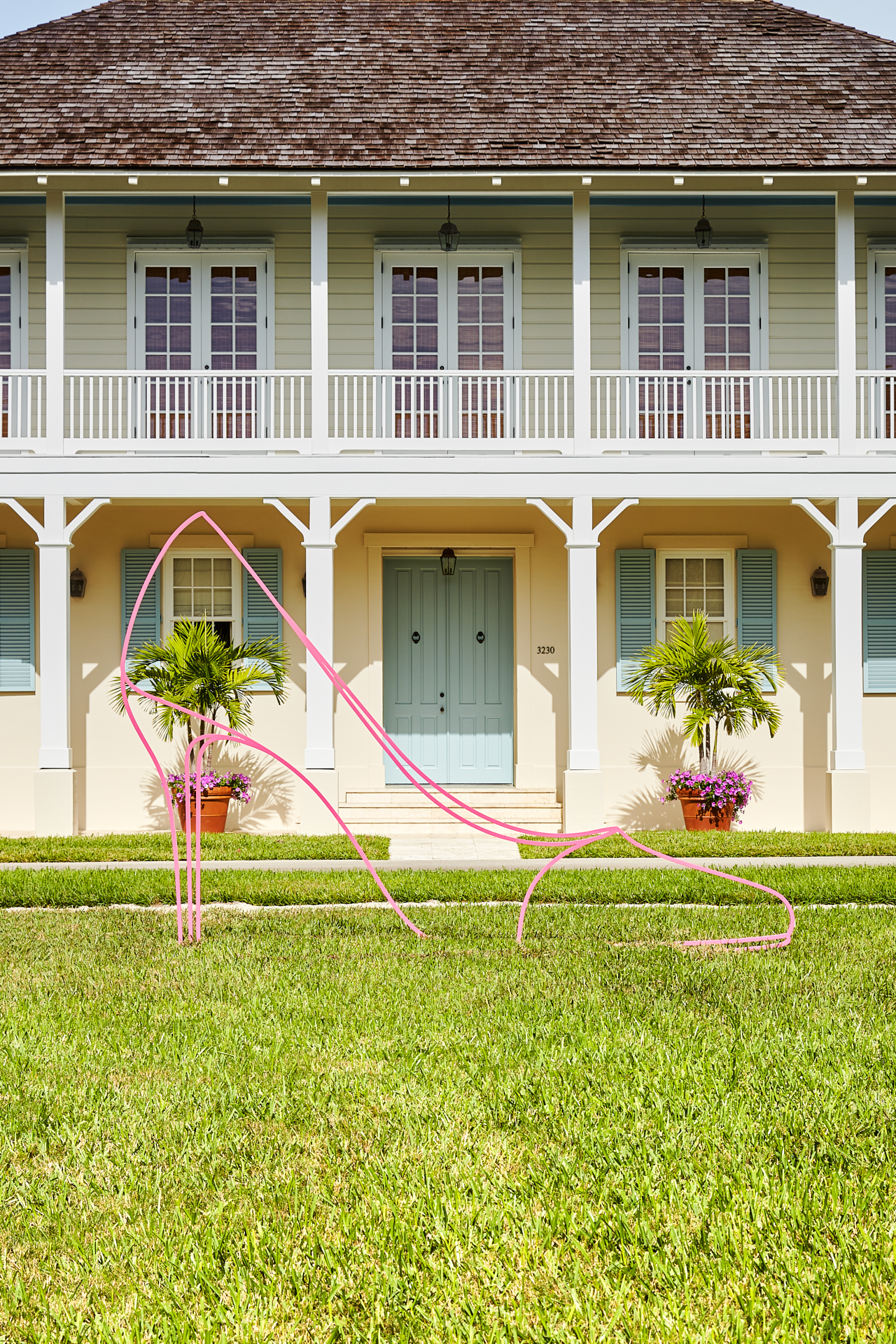
High Heel (pink), 2013, by Michael Craig-Martin. © The artist. Courtesy of the artist and Gagosian.
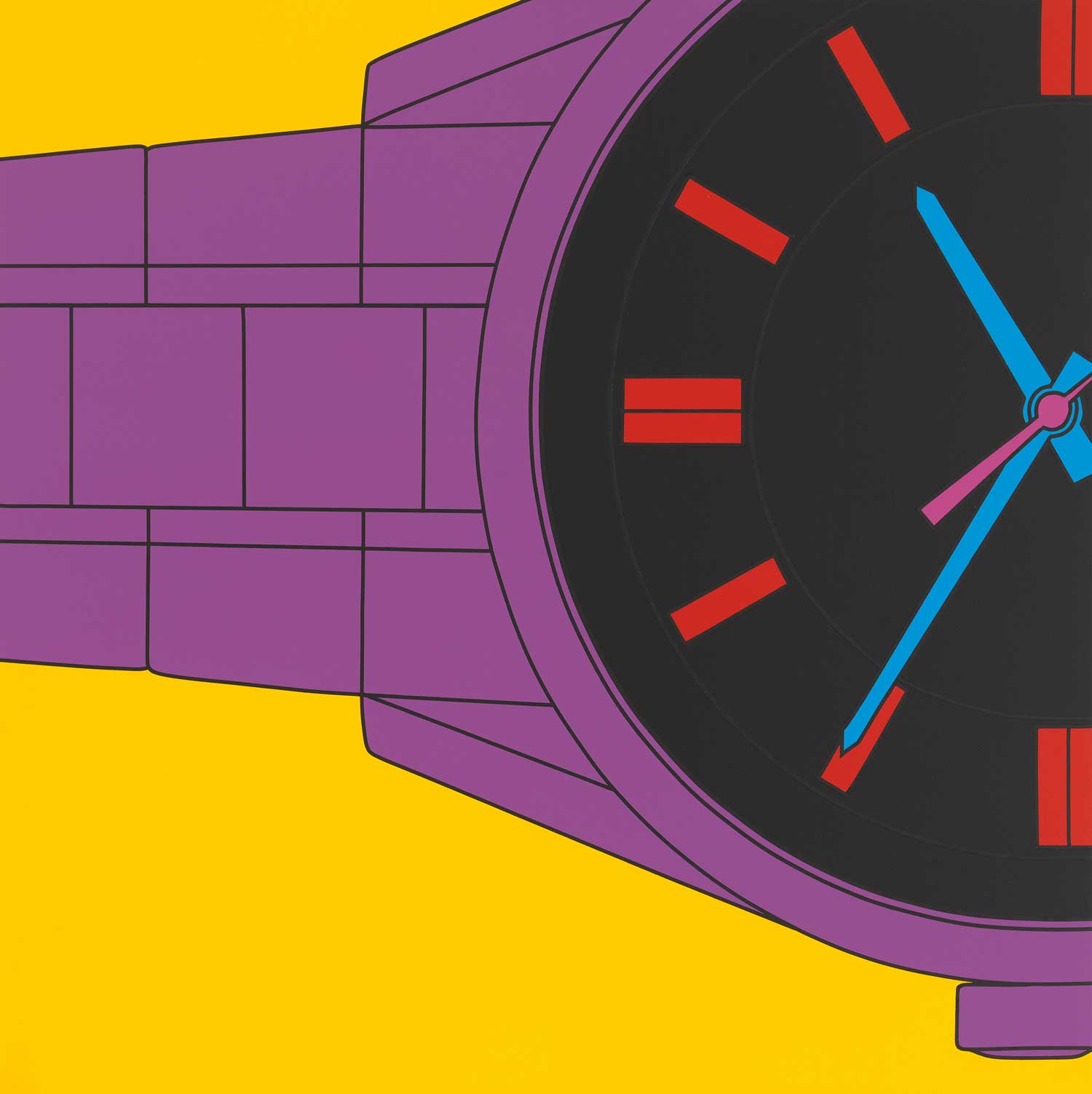
Untitled (watch fragment yellow), 2018, by Michael Craig-Martin. © The artist.
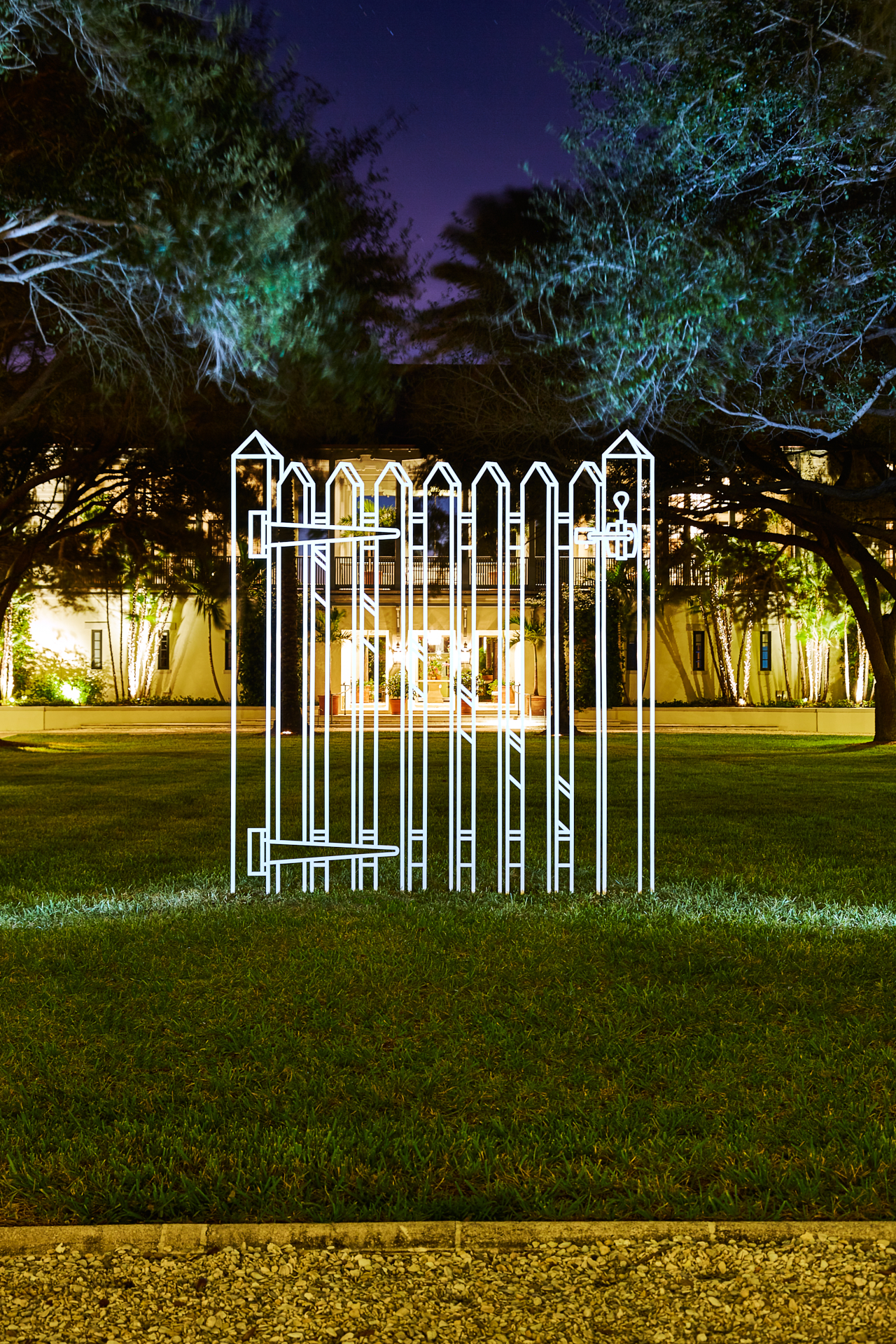
Gate (white), 2011, by Michael Craig-Martin. © The artist.
INFORMATION
‘Present Sense’ is on view until 25 April. For more information, visit the Windsor website
ADDRESS
Receive our daily digest of inspiration, escapism and design stories from around the world direct to your inbox.
The Gallery at Windsor
3125 Windsor Boulevard
Vero Beach
Elly Parsons is the Digital Editor of Wallpaper*, where she oversees Wallpaper.com and its social platforms. She has been with the brand since 2015 in various roles, spending time as digital writer – specialising in art, technology and contemporary culture – and as deputy digital editor. She was shortlisted for a PPA Award in 2017, has written extensively for many publications, and has contributed to three books. She is a guest lecturer in digital journalism at Goldsmiths University, London, where she also holds a masters degree in creative writing. Now, her main areas of expertise include content strategy, audience engagement, and social media.
-
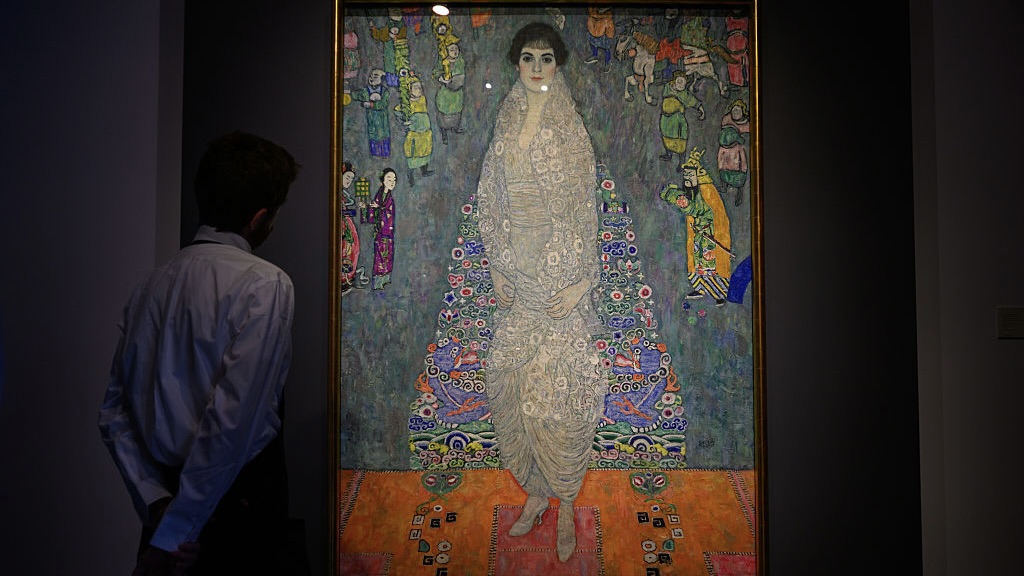 This Gustav Klimt painting just became the second most expensive artwork ever sold – it has an incredible backstory
This Gustav Klimt painting just became the second most expensive artwork ever sold – it has an incredible backstorySold by Sotheby’s for a staggering $236.4 million, ‘Portrait of Elisabeth Lederer’ survived Nazi looting and became the key to its subject’s survival
-
 New Leica Q3 Monochrom camera sees the world in black and white
New Leica Q3 Monochrom camera sees the world in black and whiteDefined by its crisp 60MP monochrome sensor, the Leica Q3 Monochrom is a camera designed for those who want to focus only on light, shadow and form
-
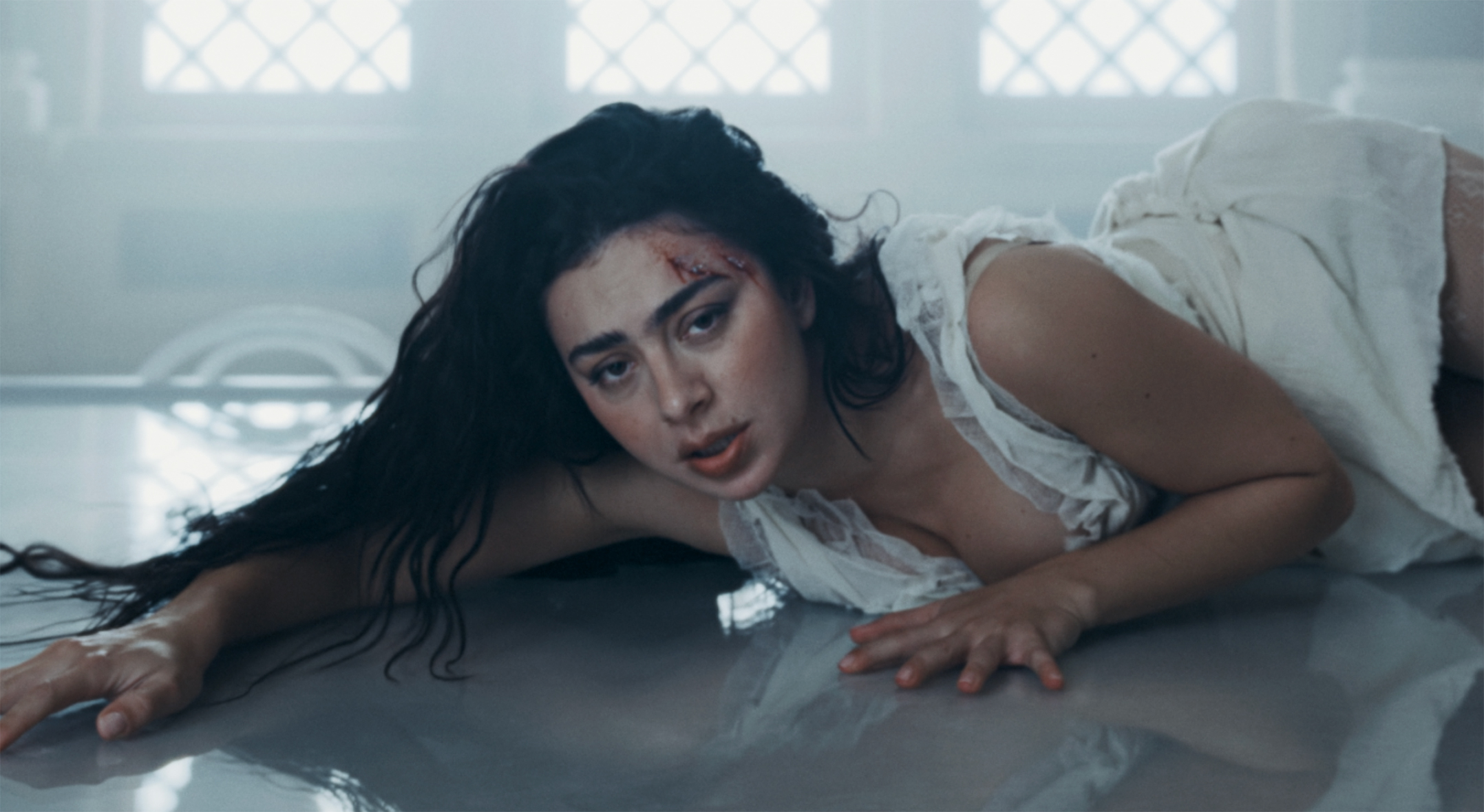 How C Prinz shaped the gothic new world of Charli XCX
How C Prinz shaped the gothic new world of Charli XCXMulti-hyphenate director and movement artist C Prinz unpacks the physical, instinctive and often brutal creative process behind Charli XCX’s new 'Wuthering Heights' era
-
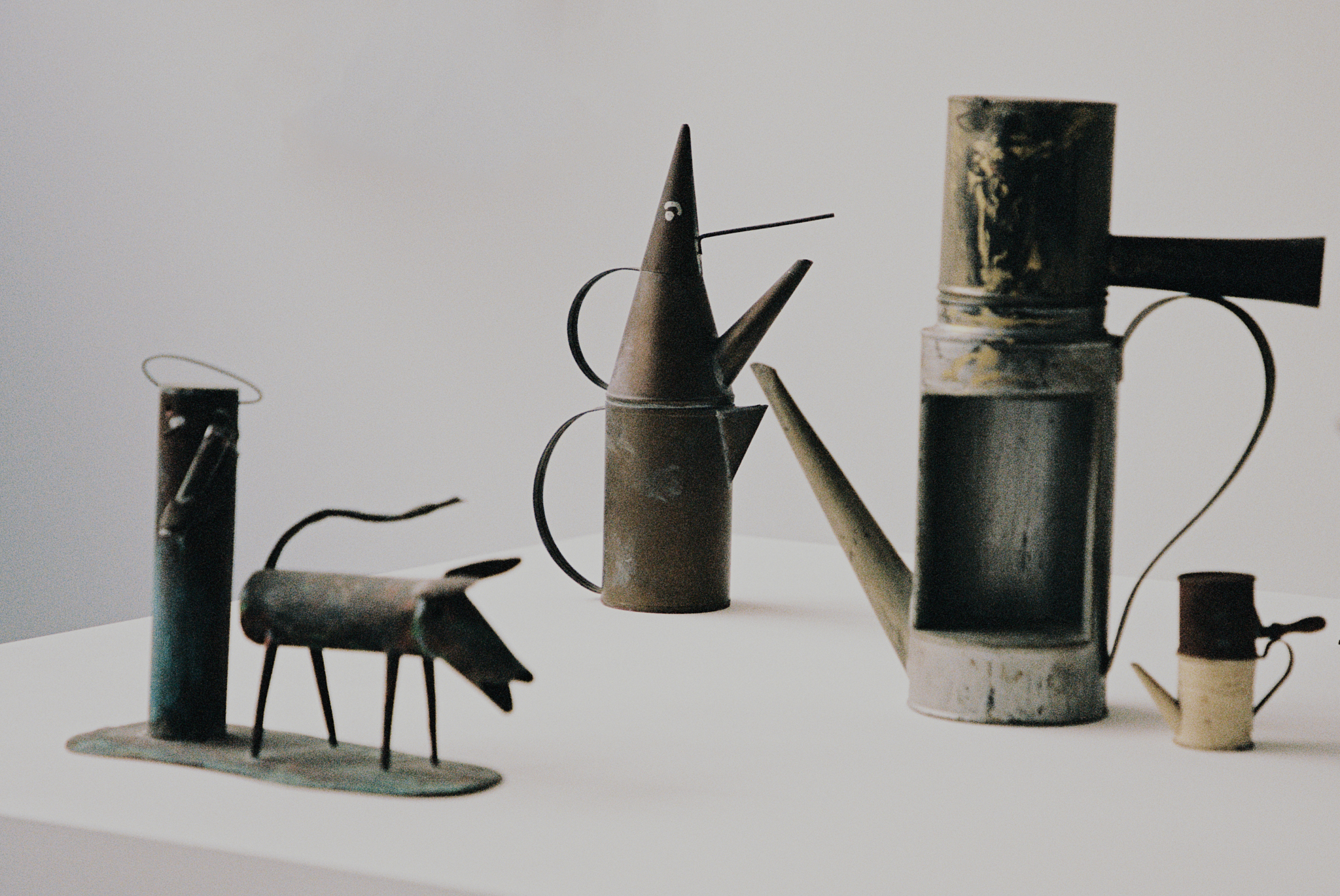 Riccardo Dalisi’s first UK retrospective opens at east London gallery Spazio Leone
Riccardo Dalisi’s first UK retrospective opens at east London gallery Spazio LeoneSpazio Leone draws together six decades of the Italian visionary’s work, from whimsical coffee pots to radical community workshops
-
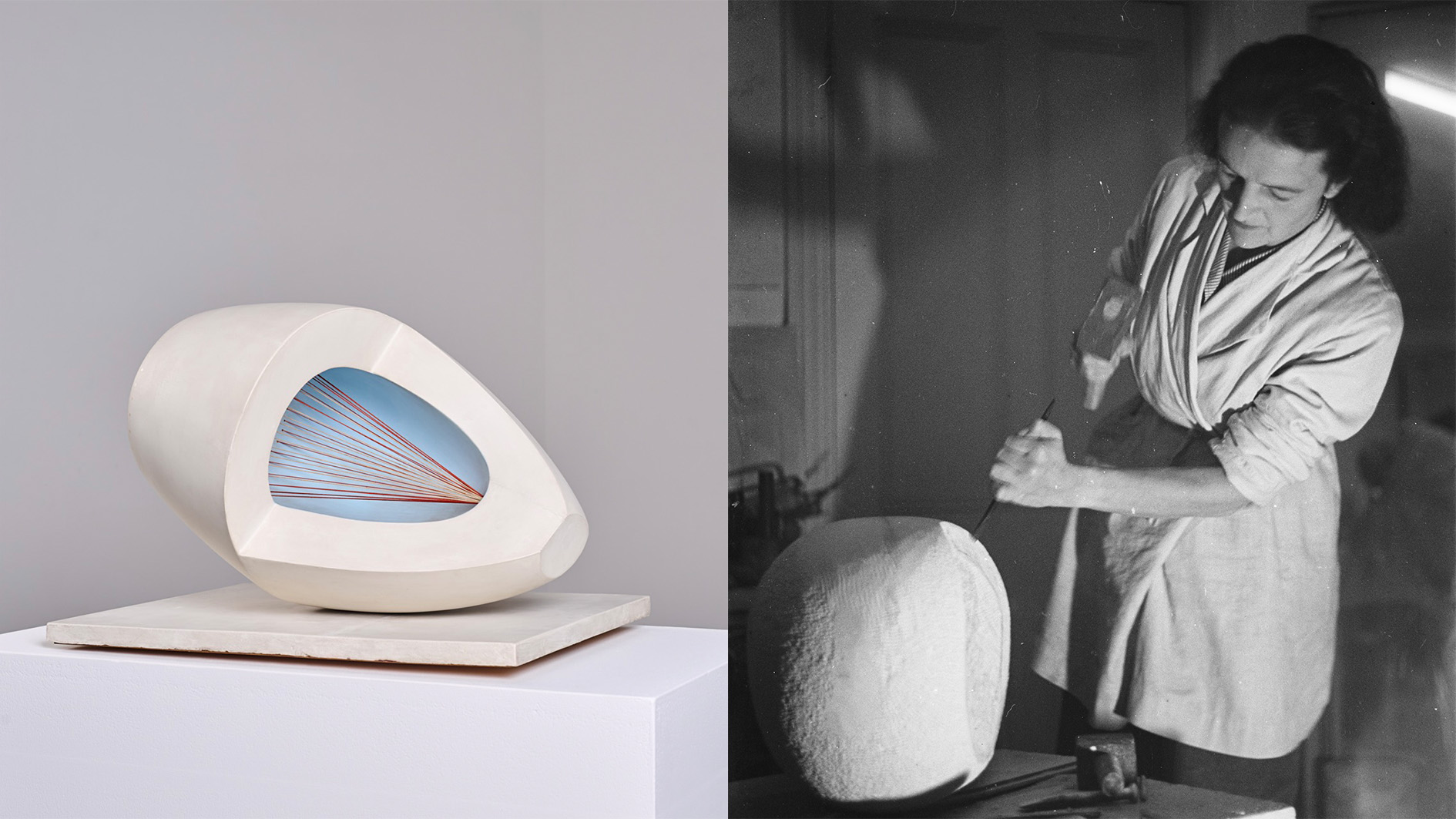 Inside the fight to keep an iconic Barbara Hepworth sculpture in the UK
Inside the fight to keep an iconic Barbara Hepworth sculpture in the UK‘Sculpture with Colour’ captures a pivotal moment in Hepworth’s career. When it was sold to an overseas buyer, UK institutions launched a campaign to keep it in the country
-
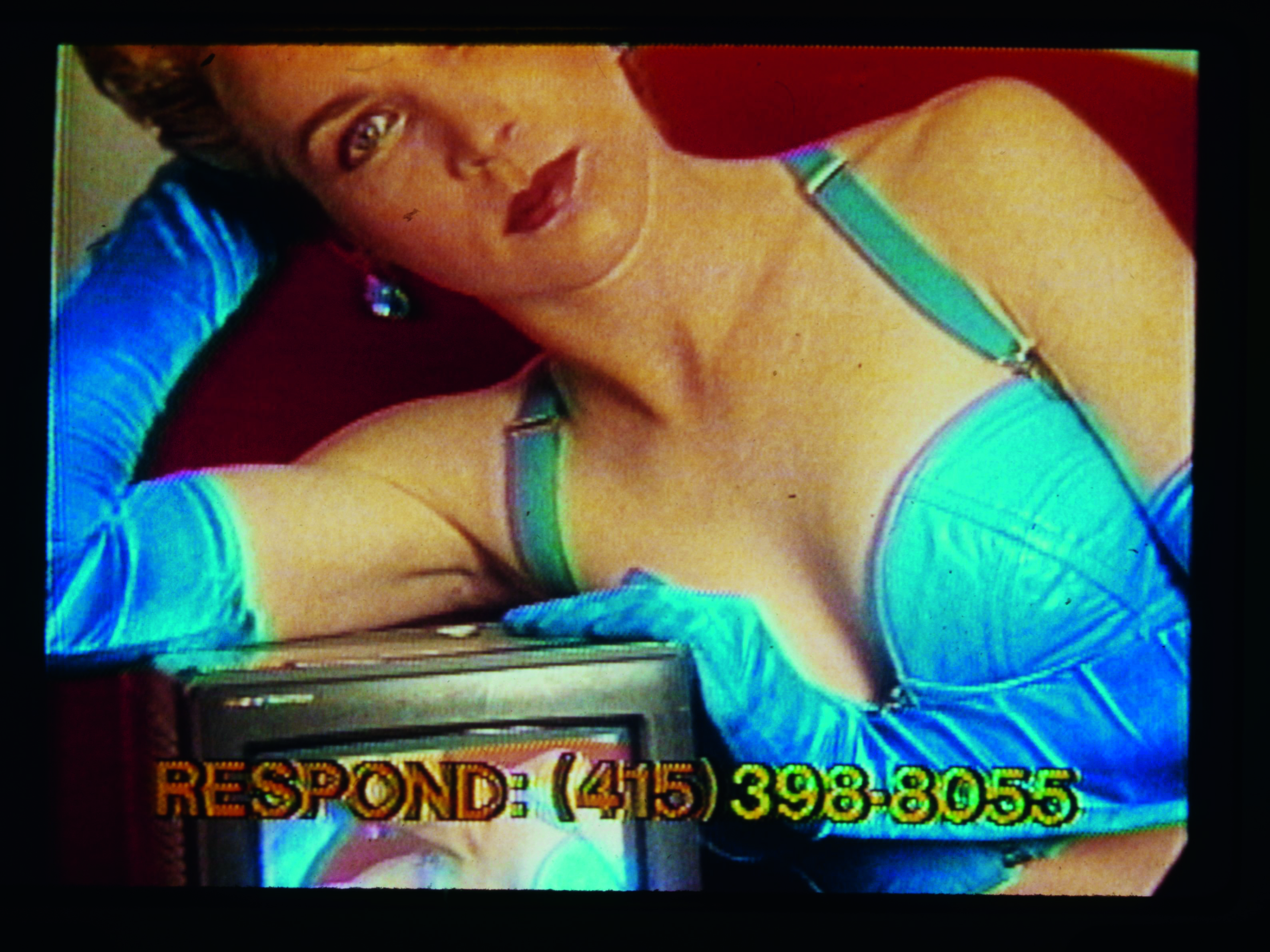 Thirty-five years after its creation, Lynn Hershman Leeson’s seminal video is as poignant as ever
Thirty-five years after its creation, Lynn Hershman Leeson’s seminal video is as poignant as everLynn Hershman Leeson’s 'Desire Inc', at 243 Luz in Margate, blurs the boundaries between art and reality
-
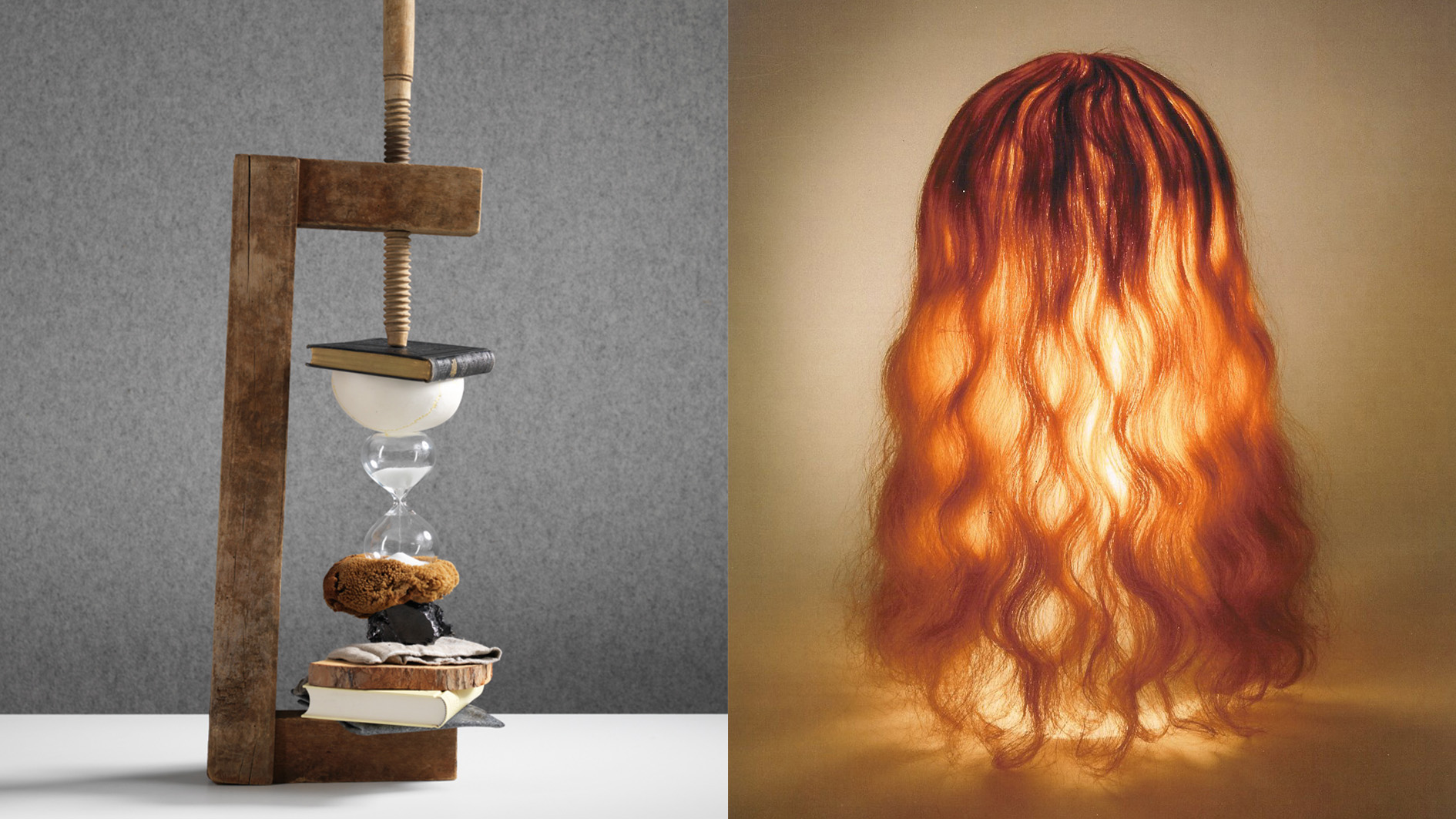 Rolf Sachs’ largest exhibition to date, ‘Be-rühren’, is a playful study of touch
Rolf Sachs’ largest exhibition to date, ‘Be-rühren’, is a playful study of touchA collection of over 150 of Rolf Sachs’ works speaks to his preoccupation with transforming everyday objects to create art that is sensory – both emotionally and physically
-
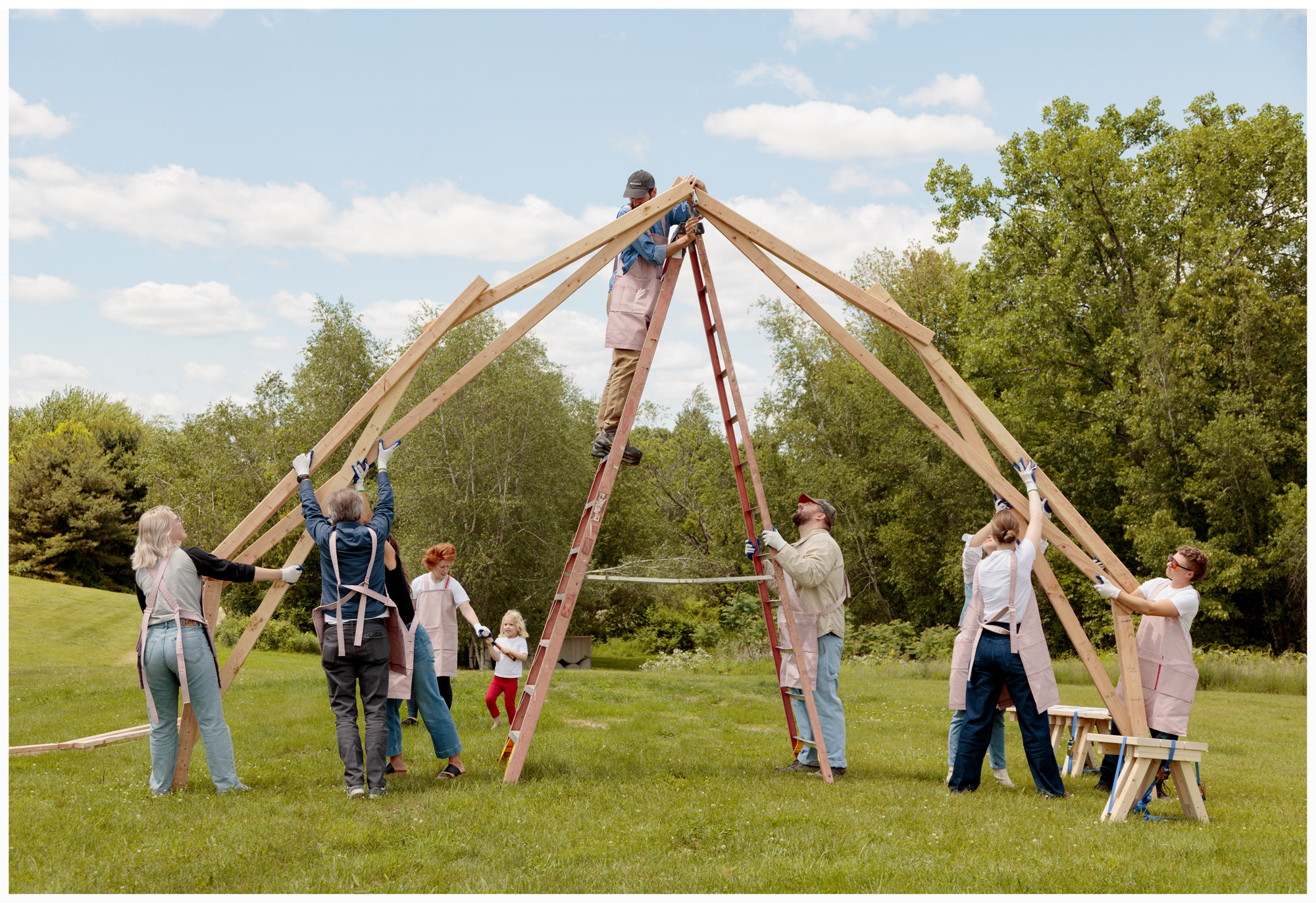 Architect Erin Besler is reframing the American tradition of barn raising
Architect Erin Besler is reframing the American tradition of barn raisingAt Art Omi sculpture and architecture park, NY, Besler turns barn raising into an inclusive project that challenges conventional notions of architecture
-
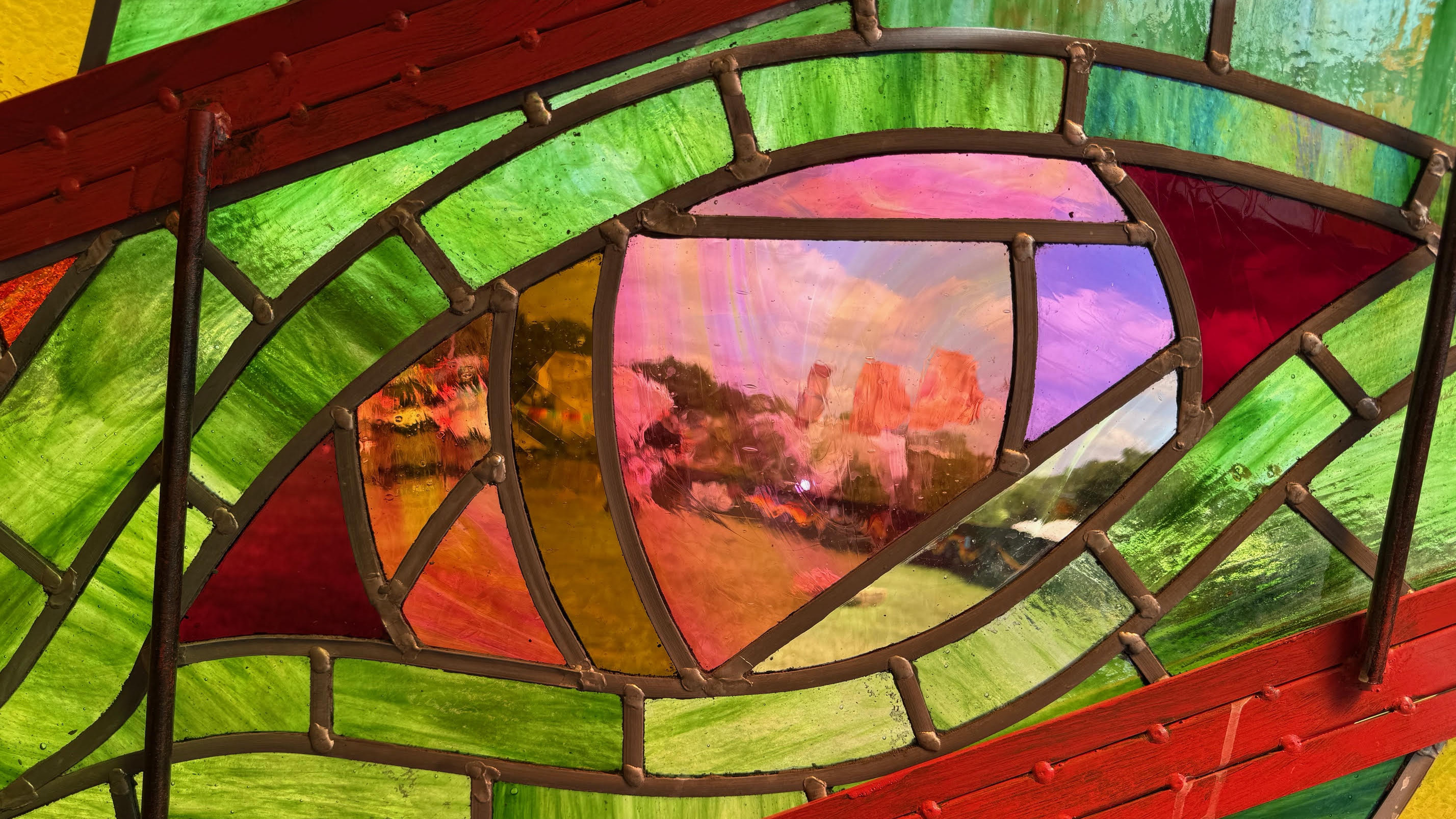 A bespoke 40m mixed-media dragon is the centrepiece of Glastonbury’s new chill-out area
A bespoke 40m mixed-media dragon is the centrepiece of Glastonbury’s new chill-out areaNew for 2025 is Dragon's Tail – a space to offer some calm within Glastonbury’s late-night area with artwork by Edgar Phillips at its heart
-
 What is recycling good for, asks Mika Rottenberg at Hauser & Wirth Menorca
What is recycling good for, asks Mika Rottenberg at Hauser & Wirth MenorcaUS-based artist Mika Rottenberg rethinks the possibilities of rubbish in a colourful exhibition, spanning films, drawings and eerily anthropomorphic lamps
-
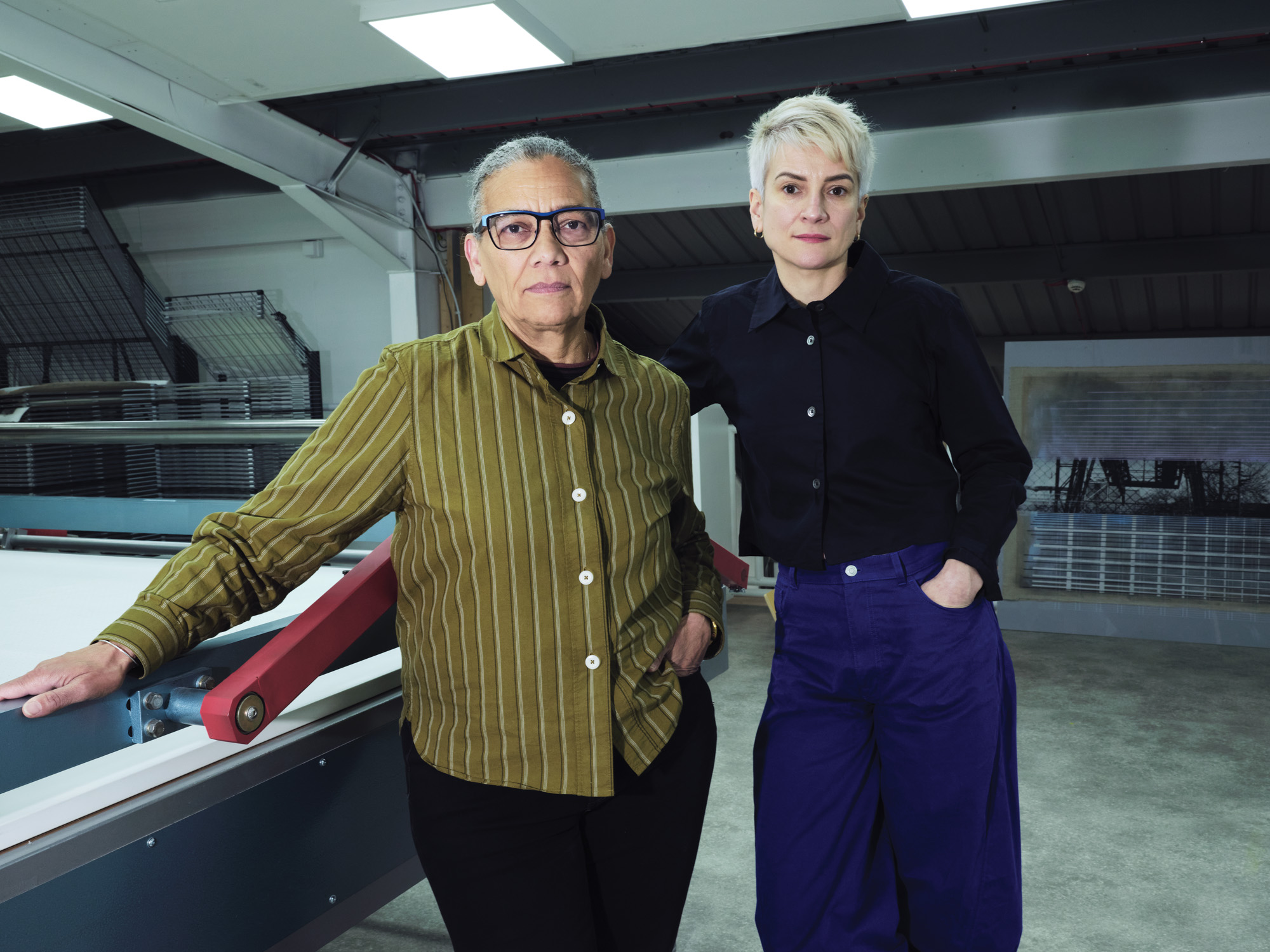 Lubaina Himid and Magda Stawarska’s new show at Kettle’s Yard will uncover the missing narratives in everyday life stories
Lubaina Himid and Magda Stawarska’s new show at Kettle’s Yard will uncover the missing narratives in everyday life storiesThe artists and partners in life are collaborating on an immersive takeover of Kettle’s Yard, Cambridge, in an exhibition that delves into a lost literary legacy